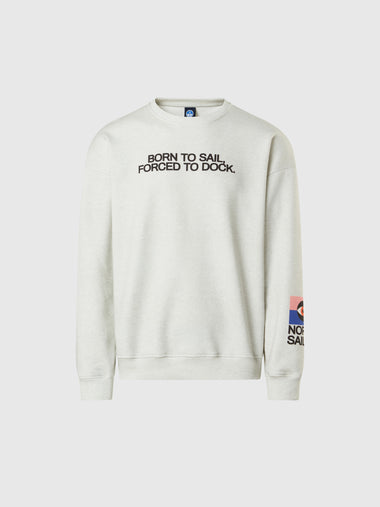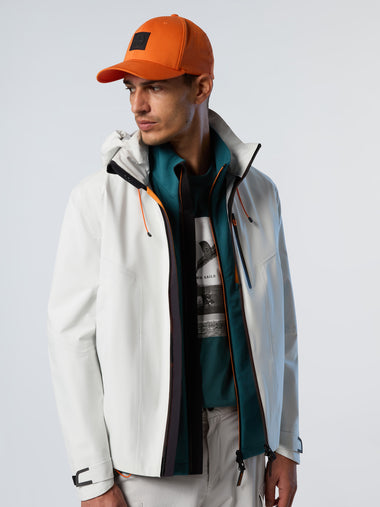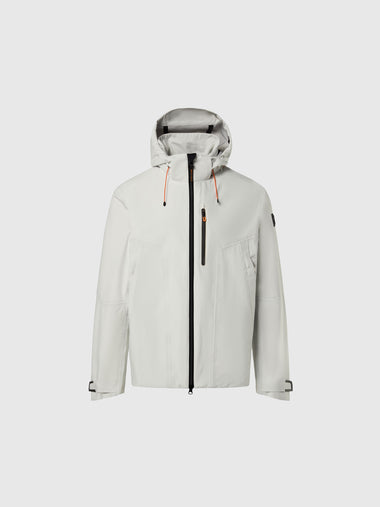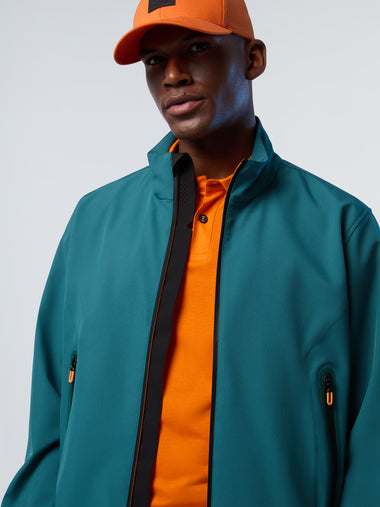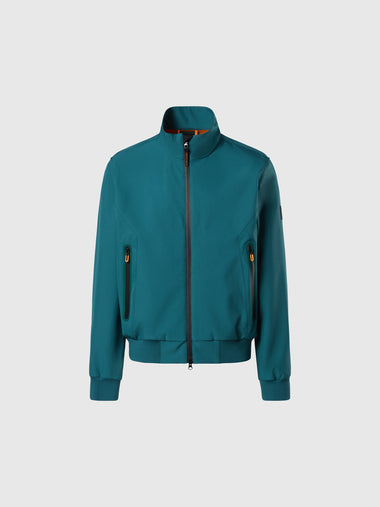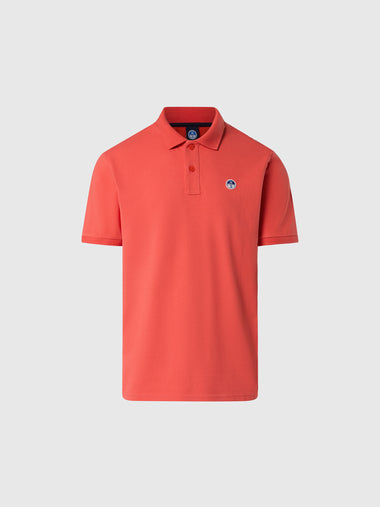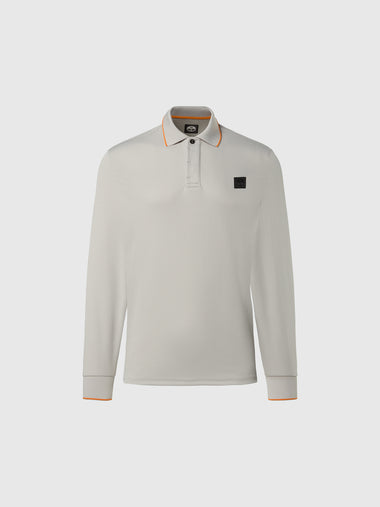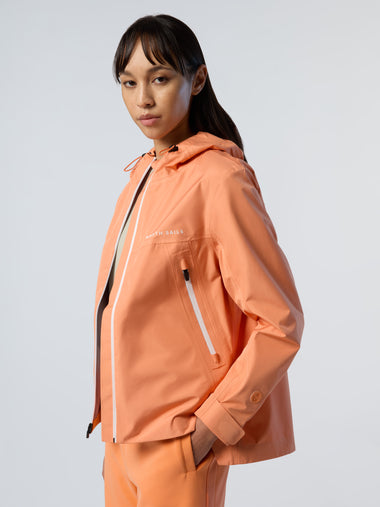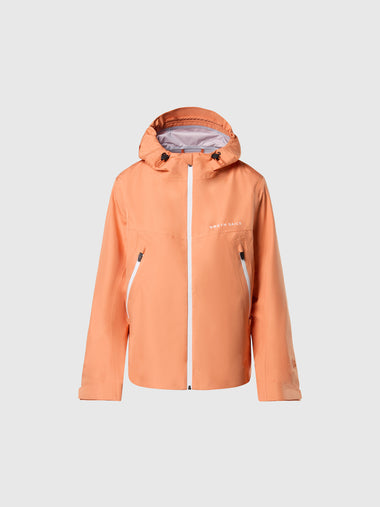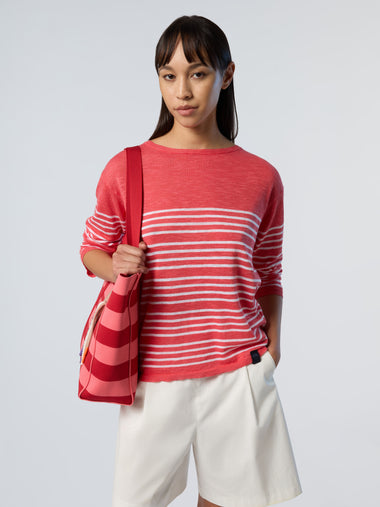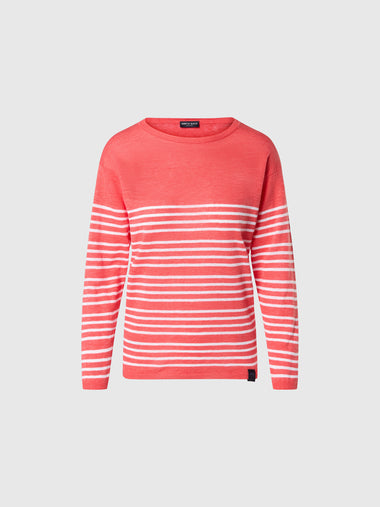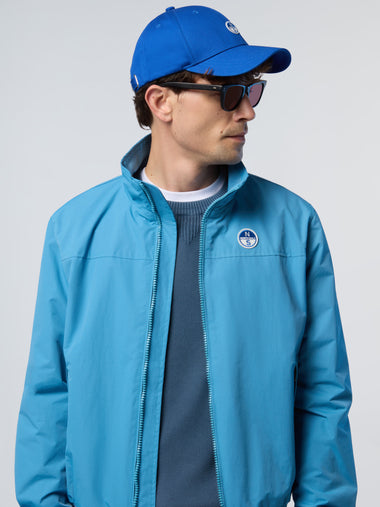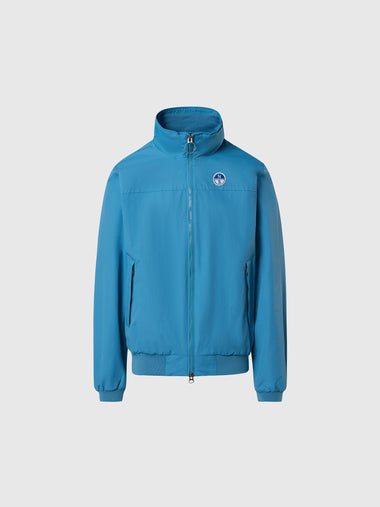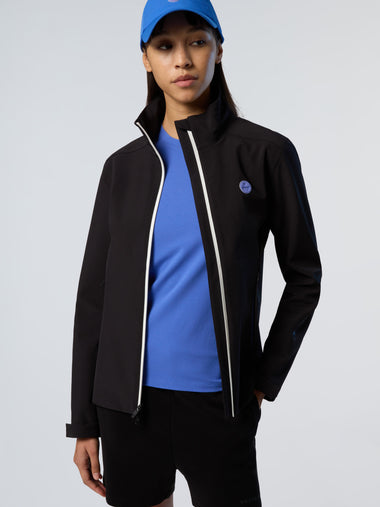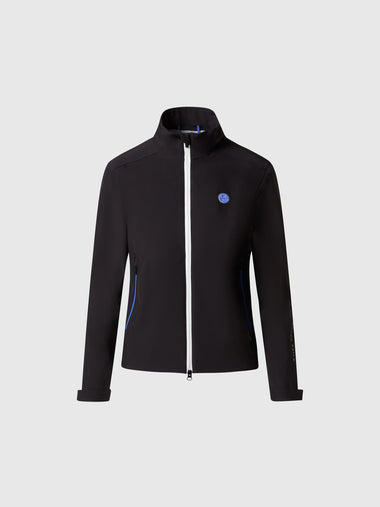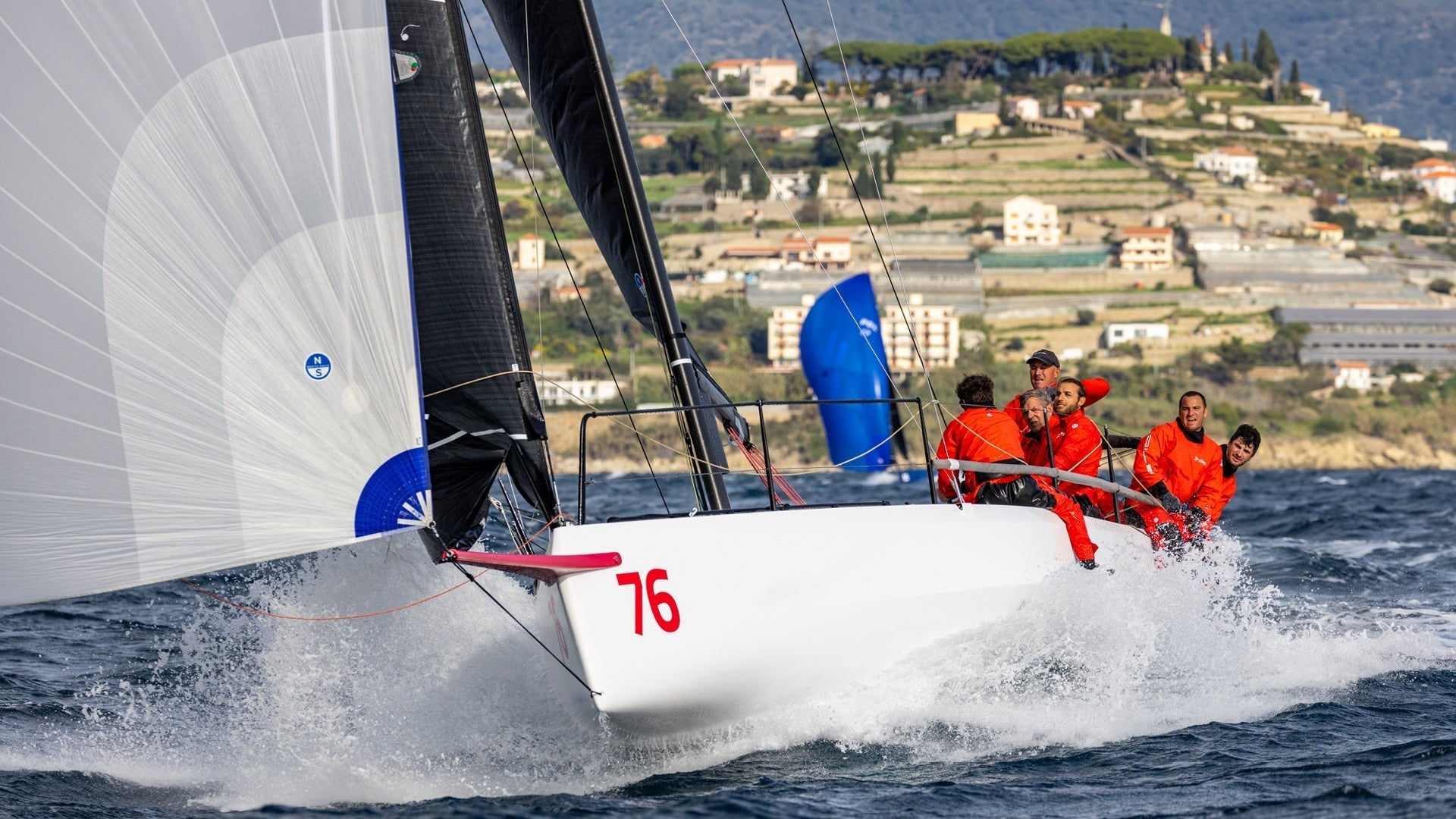CAPE 31 TUNING GUIDE
The Engine Above Deck
The North Sails team has focussed hard on the Cape 31 Class since its inception and as a result it is no surprise that North Sails have been so dominant. North Sails IRC designs were the foundation of the Cape 31 One design rules. Starting as the sole sail maker in South Africa with tri-radial paneled, North Sails have worked to perfect their 3Di sails since the Cape 31 arrived in the UK in 2019.
After countless hours sailing, testing and competing in the Cape 31, North Sails shares our tuning notes in an effort to get sailors and teams up to race winning speed quickly for the most competitive racing. As we learn more about the Cape 31 and further its development, new information regarding setup, tuning and trimming techniques will be updated online at northsails.com. As always, contact your North Sails Expert for all the most up to date information and for help tuning your boat.
Tuning Guide
Dock tune
Mast heel position: 135-145 mm from the aft edge of the mast to the center of the front keel bolt. Set the mast heel position to achieve the desired pre bend (see below). Moving the heel aft increases pre bend, moving the heel forward reduces pre bend.

Setting the mast rake: 1,715mm. To do this, put a mark on the forestay, and measure the distance from this mark down to the middle of the forestay pin at the deck intersection.
- Swing the fixed end of the jib halyard back to the mast and mark the halyard in line with the top of the gooseneck measurement band.
- Next swing the jib halyard forward to the forestay and mark the forestay in line with the jib halyard mark.
- Measure the distance from the top of this new forestay mark to the middle of the forestay pin. On most boats this is the load sensor pin, the pin that the tack of the jib attaches to.
The next step for tuning the rig is to make sure the mast is square in the boat.
- Set the shroud tension close to base tension and loosen the D1’s (& D2’s).
- Swing the jib halyard from one shroud base to the other and make sure the hounds are in the middle.
- Tighten the D1’s (& D2’s) back up to the tuning guide and make the mast look straight side to side.

Base deck chocks: It is best to have light pressure on the front chocks. A good base deck chock setting is normally 4 to 8 mm of positive chock (fill the gap in front of the mast, plus 4-8mm). It is worth checking that when on +1 chocks compared to base that there is still a small amount of pre bend. Moving deck chocks has a large impact on the D1 tension.
Measure pre bend by pulling the most forward main halyard down to touch the back corner of the lowest bit of the mast track just above the gooseneck (see image). Pull the halyard tight on a calm wind day and then measure the gap between the back of the mast track and the nearest piece of rope. Pre bend is measured at the height of the lowest spreaders. Measure on base with base chocks in and with the runners loose and the boom down. The ideal pre bend is between 40mm and 50mm.
Tuning Matrix
This tuning matrix is developed for the unique 3Di North Sails technology. 3Di is a fundamentally unique construction process leading to lighter and stronger sails.
|
TWS (kts) |
V1 “Shrouds” (PT-3M) |
D1 “Lowers” (PT-2M) |
D2 “Uppers” (PT-2M) |
Forestay |
Deck Chocks |
|
4-7 |
Base -2 |
Base -3 |
Base -2 |
Base -8 |
Base +1 |
|
8-9 |
Base-1 |
Base-2 |
Base -1 |
Base -4 |
Base |
|
10-11 |
Base |
Base-1 |
Base |
Base -2 |
Base |
|
11-12 (Base) |
Base (20) |
Base (35) |
Base (25-27) |
Base |
Base |
|
12-14 |
Base |
Base +1 |
Base |
Base +2 |
Base |
|
14-16 |
Base +1 |
Base +1 |
Base |
Base +4 |
Base |
|
16-18 18+ |
Base +2 Base +3 |
Base +1 Base +2 (37) |
Base Base |
Base +6 Base +8 |
Base Base -1 |
Each turn listed on the tuning matrix above is a 360 degree turn.
The numbers in brackets on the tuning matrix are rig tensions.
Battens
A couple of stiffnesses of carbon full length battens in the head of the mainsail (and jib) help to perfect the sail set up across the wind range. North Sails have standard recommended batten upgrade options, please get in contact with a North Sails expert to discuss this further.
Jib Trim
Crossovers
Helix technology in the jibs defies conventional sail design limitations enabling one sail to perform optimally across a wider range of conditions than ever before. Engineered for active camber control, Helix upwind sails enable sailors to radically adjust and control sail shape and power as well as minimizing luff sag by adjusting the jib halyard fine tune.
J1 (J1-3): 5 -11 knots *new design
J2 (J2-1) 10 –17 knots *new design
J3 (J3-3) 15-21 knots *new design
J4 Heavy Weather OSR (J4-3): 20+ knots *new design
Storm Jib: for use to satisfy a class rules requirement instead of taking the J4 sailing.
JIB CARS. It is best in light and medium winds to be max inboard on the car. If out of range, or at the very top of the range, on a jib going one step outboard on the jib car works well. There is jib car height adjustment line next to the main hatch. Car height is the main car tuning tool for setting the depth and twist in the jib.

SPREADER MARKS: It is really useful to have spreader marks on the underside of each spreader. Place these in the center of the spreader and 150mm inboard and outboard of the central mark.
Mainsail Trim
MNi-5: All purpose mainsail *new design
TRAVELER. Maximum height and power are generated by having the traveler all the way up in light winds. In strong winds it is best to not go far below the centerline with the traveler car, use the fine tune to twist open the main. Once overpowered it is fastest to only have the traveler just above the centerline. Easing the traveler is one of the first moves to depower.
RUNNERS. Off in sub 6 kts, then progressively tighter until max combined headstay / tack load of 1.8 tonnes. 1.8 tonnes is the max load according to the builders.
OUTHAUL: Just loose so the sail is not touching the boom below base, and then tighten it when the wind builds.
CUNNINGHAM: Off downwind and in light winds. Progressively pull it tighter as the wind builds, especially when sailing at/over +4 on the headstay. This helps to bend the mast and flatten the mainsail whilst holding the draft forward.

Downwind
Spinnaker Crossovers
A1.5:(A1.5-2) 5-9 knots *new design
A2 Minus (A2 Minus-1): 8-12 knots *new design
A2 (A2-1): 11-18 knots
A4 (A4-3): 18+ knots
A3 (A3-3) Reaching
Techniques
In light airs the kite flies best and the gybes are best with the jib lowered.
In over 8 knots of true wind speed sail VMG angles based on heel and apparent wind / true wind angles. It is fastest to leave the jib up.
RUNNERS. Loosen the runners downwind to generate depth and power. Keep the windward runner snug. When the wind increases, tighten the runners just enough to keep the headstay straight / tight.
Further Information
Please get in contact with a North Sails expert to further discuss techniques and settings.
Ben Saxton - North Sails Class Lead
ben.saxton@northsails.com
+44 7962 238 742

Crossover Chart





